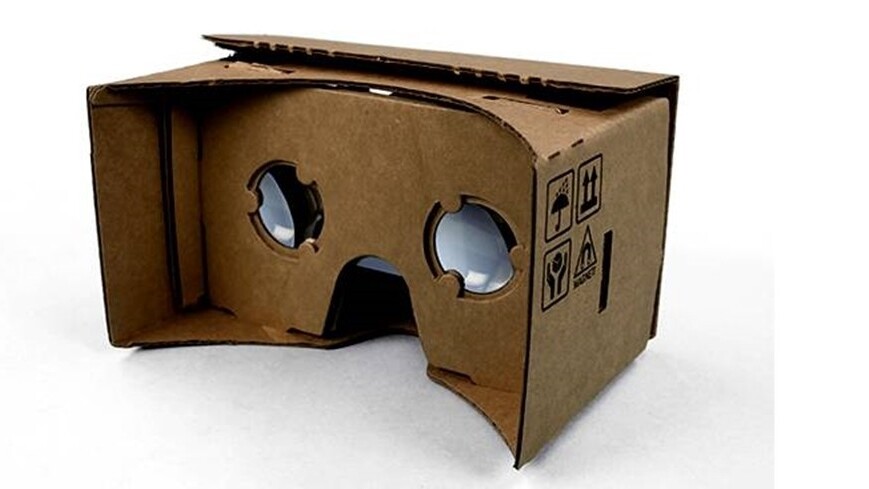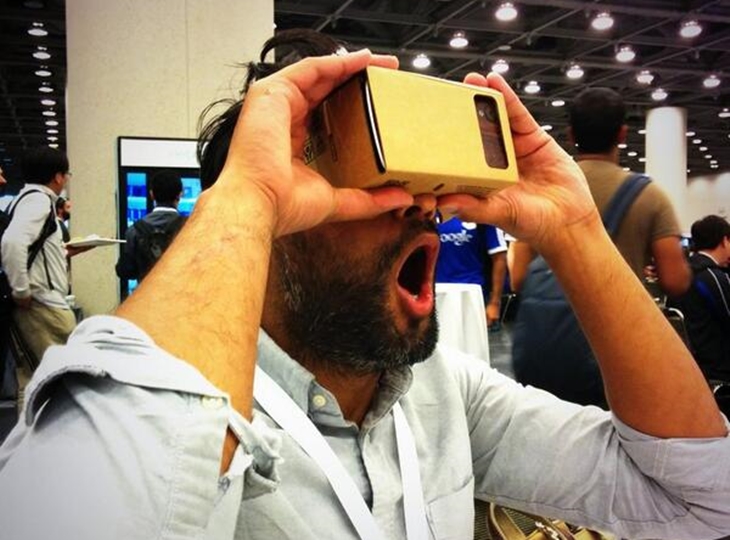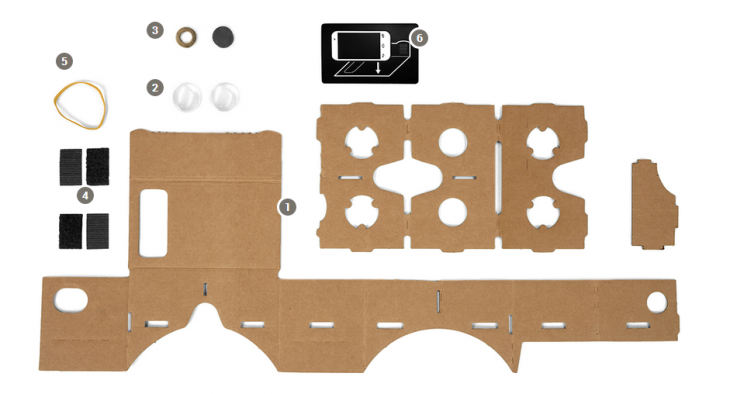
Amidst Google’s numerous announcements at its I/O developer conference, it was Google’s low-budget but practical take on virtual reality that was perhaps the most notable device, for me at least.
Facebook may have dropped $2 billion to buy VR device maker Oculus, but, for Google, using cardboard and an Android device is enough.
That comparison isn’t strictly fair, since Oculus does a lot more than make its Oculus VR product, but — in end user terms — Android Cardboard offers the same opportunity to experience virtual reality, albeit on a budget-driven and simple level.
“We want everyone to experience virtual reality in a simple, fun, and inexpensive way. That’s the goal of the Cardboard project,” Google says on the Cardboard website, which includes instructions on how to make the product. (Those who can’t find the components or just can’t be bothered can pay $19.95 for an unofficial pre-prepared kit.)
The Cardboard site has a list of items required, which includes cardboard, lenses, magnets and a trusty rubber band:
Your Cardboard should come out looking something like this — you add your phone to the front:

This would easily pass for one of Google’s many April Fools’ Day jokes, but the company is wholly serious.
Google has released a VR Toolkit to let developers build support for Cardboard into their apps and services. Adoption of new technologies is a key concern for developers. Having shiny new tools to work on is one thing, but they need guarantees that people have the hardware to actually use them — no addressable audience means there’s little point.
While Oculus sits at one end of the scale, with a highly sophisticated product that is currently not on sale to the general public and is generally owned by techies only, Google is taking a radically different approach. Literally anyone has the means to assemble Cardboard, and you’d suspect that pre-prepared packages will be particularly popular at less than $20 a pop.
Went to #Google IO 2014 and all I got was a bit of cardboard (and two Smart Watches) ;) pic.twitter.com/GGJha5DatM
— Jerome Ribot (@ribotminimus) June 25, 2014
It’s too early to tell whether Google Cardboard will take off in a meaningful way, but even just the existence of cardboard is likely to provide a huge boon to the virtual reality industry as a whole. Cardboard might just help some people test the waters, or realize VR technology exists outside of sci-fi films.
That said, if things really do take off, as Facebook hopes they will, don’t expect Google’s VR strategy to revolve solely around Cardboard. Something more sophisticated is likely to emerge with time.
Keep up with all of our Google I/O coverage.
Images via Google x2, and @mikisetlur
Get the TNW newsletter
Get the most important tech news in your inbox each week.

